Xero’s new HQ built to get the office buzzing with paid internet and 30-day sabbaticals
The tech company is enticing workers back to the office with an array of incentives six-month paid parental leave for both genders.
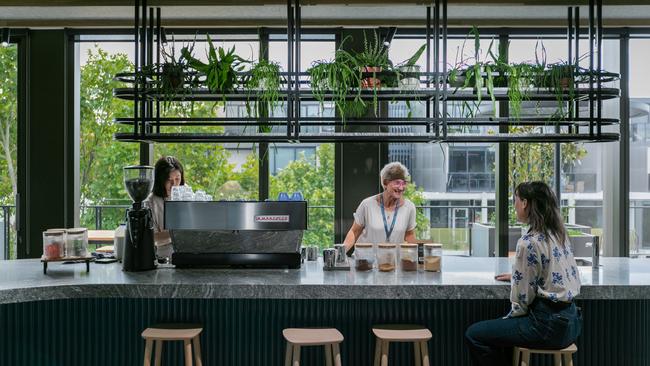
While bricks-and-mortar corporates continue to upset their employees with return-to-work plans requiring three days at the office, the world’s leading tech companies are charting a different path.
The future of work for the likes of Microsoft to Amazon includes no staff emails outside of office hours, 30-day remote work staycations, employers paying for your internet, six months of paid parental leave regardless of gender and interactive whiteboards accessed by an app.
The tech giants were best prepared and the fastest to roll out remote work plans, and had been toying with the idea of hybrid work models long before Covid-19 arrived on Australian shores.
Now, as most countries have adapted to living alongside the virus, the tech giants are plotting a path that is more connected than ever, regardless of the distance between employees and their boss. But they’re also opening large offices that cater for thousands of people and aren’t worried that the office space will go to waste.
On Monday, Xero opened its new Melbourne headquarters in the affluent inner-city suburb of Hawthorn, 6km from the CBD.
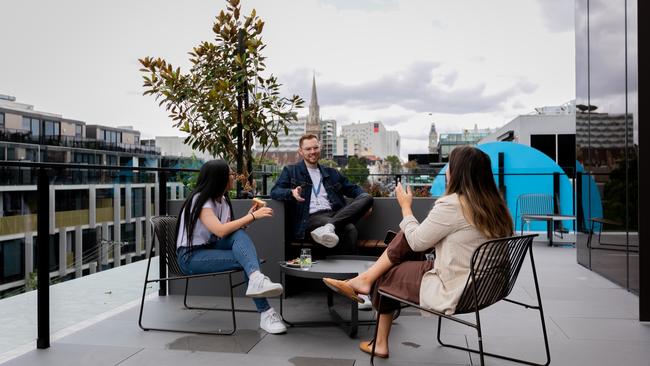
The four-level, 7000sq m space is home to a DIY barista bench, a rooftop work space with views of the city as well as those low-to-ground chairs and tables that hurt the back of anyone over 25.
Managing director Joseph Lyons admitted while plans for the new headquarters began before the pandemic arrived, Xero wasn’t deterred by the hesitancy to return to the office.
“A building doesn’t just span up overnight … we certainly did start the planning for the new office well before the pandemic,” he said.
“But we recognised as we emerged out of Covid, that virtual connections could not replace in-person ones.
“One of our values is being a human company. We’re fundamentally a technology company, but human connection still remains an important foundation of our business.”
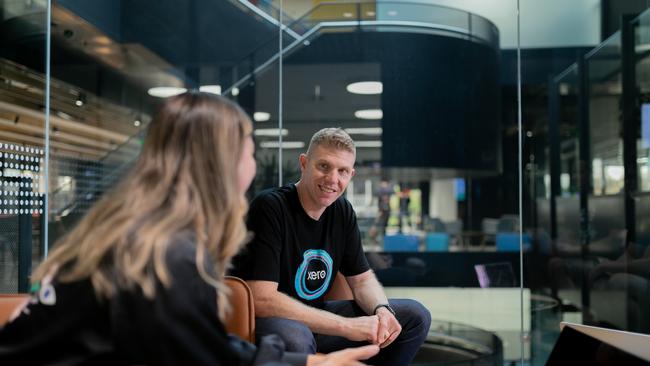
Xero’s expansion into a new, larger space arrived on the back of the company growing 30 per cent over the past year. Despite the opening, being in office is not yet mandatory for employees, with the decision largely left to team leaders to negotiate with staff.
“Having a HQ to create flexibility and choice with technology and tools that work for people who work from both here and from home has been really important,” Mr Lyons said.
“We now have over 4000 Xeros globally but we’re not just pinning our search for talent to a specific geographical location.”
As the company entered its new premises, it announced a parental leave scheme allowing for up to six months of paid leave.
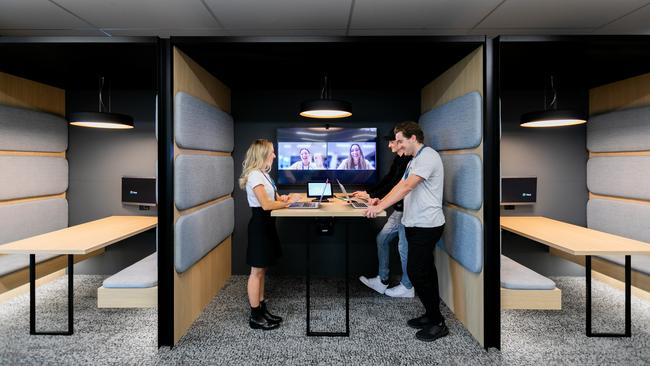
At Amazon Web Services, one of the top providers of virtual workspaces, a return to office plan is in place, but won’t expect staff to come in too often.
“We’re comfortable with staff working Mondays and Fridays from a remote location and on Tuesday to Thursday we tend to get around the office and collaborate in Australia,” said Australia director Iain Rouse.
“We find three to four days per week is the extreme.”
Over the next few months, AWS is planning to announce remote work staycation.
“One thing we’re trying to work out now is if it’s possible to work from anywhere in Australia for 30 days per year,” he said. “Our view is that (we) should find a way to make that work as long as you’re connected.”
Connectivity has become such an important part of the hybrid work model that Lenovo Infrastructure Solutions Group has decided to pay for staff internet.
“Every company has a choice to make and we’ve made a decision to support our teams in terms of connectivity and to fund that,” said managing director Nathan Knight.
“It absolutely starts with connectivity. You have to have the ability to be connected at speed.”
Lenovo ISG is also looking at ways to introduce a better balance between employees’ work and home life to avoid burnout.
At Microsoft, measures to help an employee “switch off” had been in place for several months, said Microsoft Teams general manager Nicole Herskowitz.
“Every Friday afternoon has been blocked out so now there are no meetings at that time. We’ve also put in a policy where we don’t send emails or teams messages outside of work hours,” she said.
“To shift from an ‘always on’ to a more sustainable set of work practices you’ve got to both use technology and have new workplace norms.”
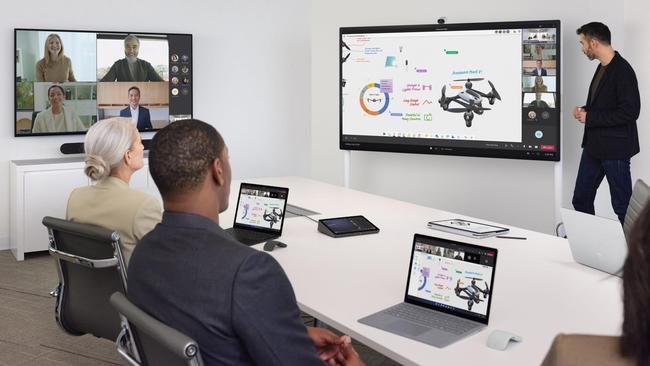
Microsoft Surface general manager Dave Alles said the company was moving to an “ink-first” options with its app Whiteboard.
“We already have multiple experiences out there that we consider ink first,” he said. “If you’re in the same room together, just having the screen up can be off-putting to other people, particularly if they’re a customer.”
Skill Finder, the government-funded digital skills program which partners with 35 tech giants including AWS, Adobe, Atlassian, Microsoft, Canva and Xero, is also looking to ramp up its training for the hybrid workforce.
“What we’ve done in the last six months is to curate courses based on demand,” said program lead James Horne. “There’s courses from LinkedIn on leading at a distance, there’s another course on managing a virtual team, edX has one on a remote work revolution and Udemy has courses on working remotely effectively. We’d like to add 100 courses over the next year.”






To join the conversation, please log in. Don't have an account? Register
Join the conversation, you are commenting as Logout